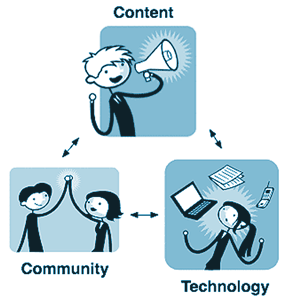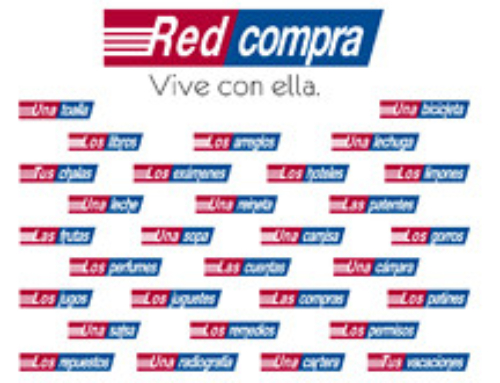The company Dell has conducted a survey to their recent purchasers of Dell PCs and notebooks. One of the goals for this investigation is to determine if some of the customers will recommend Dell to their friends and family for a purchase (Malhotra, 2010, p. 774-775). For this we will explore with 2 statistical methods: One-Way Anova and Cross-Tabulation and with the help of a Hypothesis Testing.
We want to demonstrate that there´s a group of customers with a specific range of age that have the behavior of: Market Mavens, Innovativeness or Opinion Leaders and are willing accomplish Dell strategy to influence third one´s to buy Dell Product.
For this we formulate the null hypothesis: there are no significant differences between the ages of the customers of Dell and the trend to be an early adaptor.
We run the One-way Anova with the Age of the recent purchasers as factor and the 13 statement of how they describe themselves as early adaptors (Malhotra, 2010, p. 778).
We find two statements that have a statistical significance level that is less than 0.05 (see attached archive, ANOVA), thus the Null Hypothesis is rejected and we have early adopters that would help Dell promote their products, the two descriptions are: “I like to introduce new brands and products to my friends” and in the innovativeness he says “I like to take a chance”.
All of them closely related with the strategy. Looking at the Plots (see attached archive, PLOTS) we can find a close correlation between ages and the two statements. As we could figure younger customers are more likely and will take the chance to introduce new brands and products to their friends.
Finally, we can corroborate these results with a Cross-Tabulation test where we define the dependent variables as the ones of “early adoptor attributes” characteristics and the independent variables as the age. We find that 5 of the 13 statements have significance variability with the age; the two detected with the One-way Anova Test are in this group.
With these two tests we can conclude that both routed us to similar results, but in this case One-way Anova test was more accurate.
Sources:
Malhotra, Naresh (2010). Marketing Research: An Applied Orientation, 6th ed. New Jersey: Pearson Education, Inc.






Leave A Comment